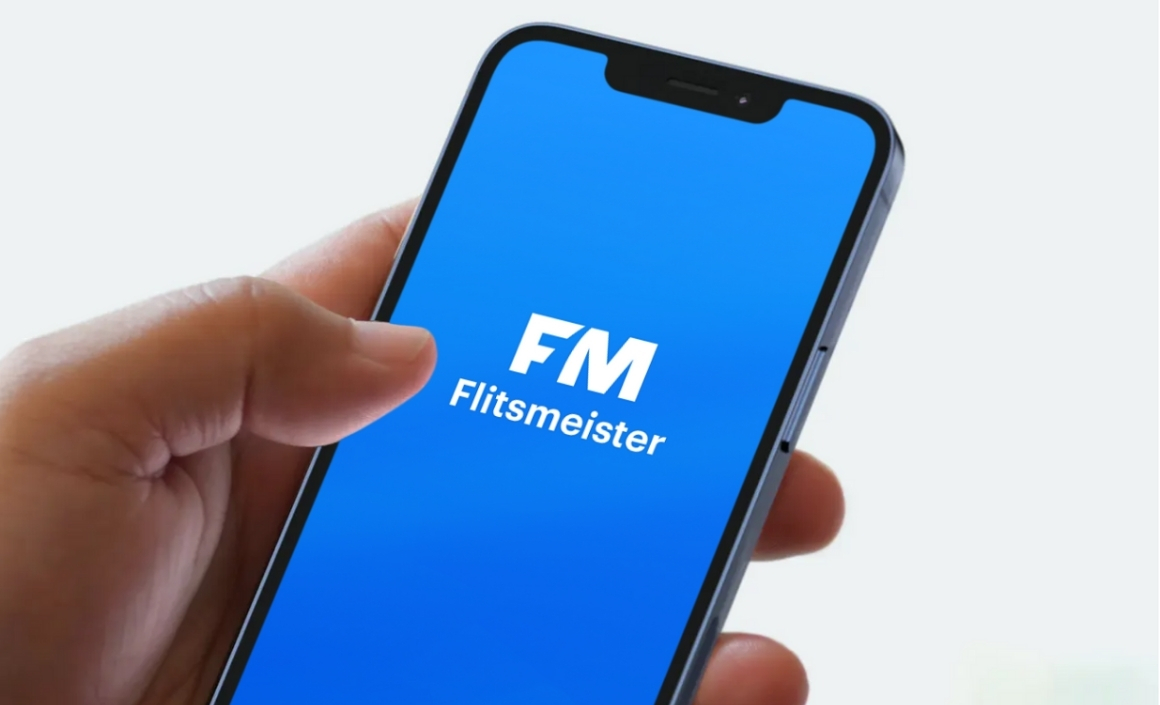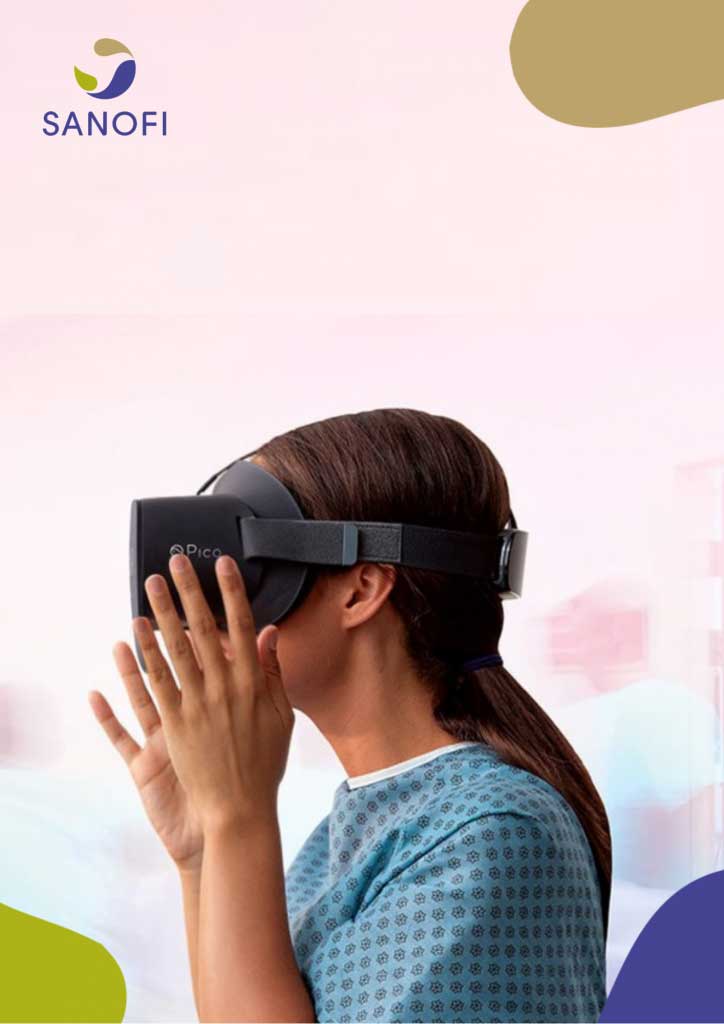Client
Babylon Health
Services
Sonic Branding, UX Research, Audio Design, Voice AI
Year
2019
How do you create on-brand functional UX sounds that can serve the needs of 24 million people across four continents? What would it take to create and implement the right sounds at the right moment to optimize the user experience? How do you define a unique sonic strategy to signal the brand identity through sound exploiting the power of multi-sensory branding.
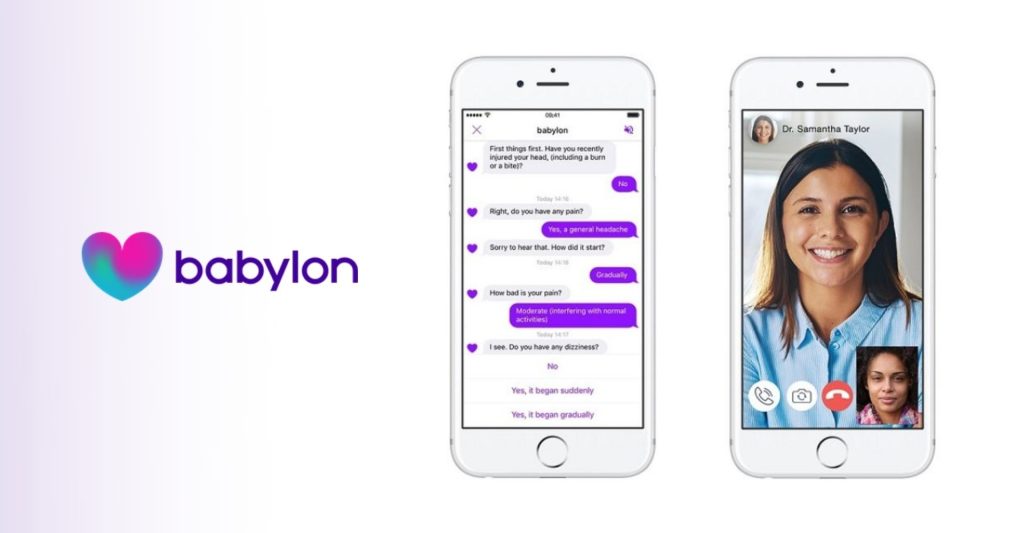
When we started working for Babylon Health, there were no sound assets at all.
Babylon built a suite of tools designed around a doctor’s brain, using Artificial Intelligence (AI). One of the tools helps patients address symptoms, get faster information about conditions, and proceed to treatment sooner.
This is part of the company’s overall goal to put an accessible and affordable health service into the hands of every person on Earth.
Our expertise was needed to create UX sounds for specific use-cases that contribute to the suite of tools and the overall purpose of the company. We also created branded sounds to drive a multi-sensory, differentiated, and branded experience. The Babylon Health sound logo is an example of this – A short but distinctive melody designed to drive recognition and build trust.
An important part of our team’s role was to work with the Babylon Health product design team in order to understand the brand itself, the complexity of the tools offered to clients, and the functional and emotional needs of clients.
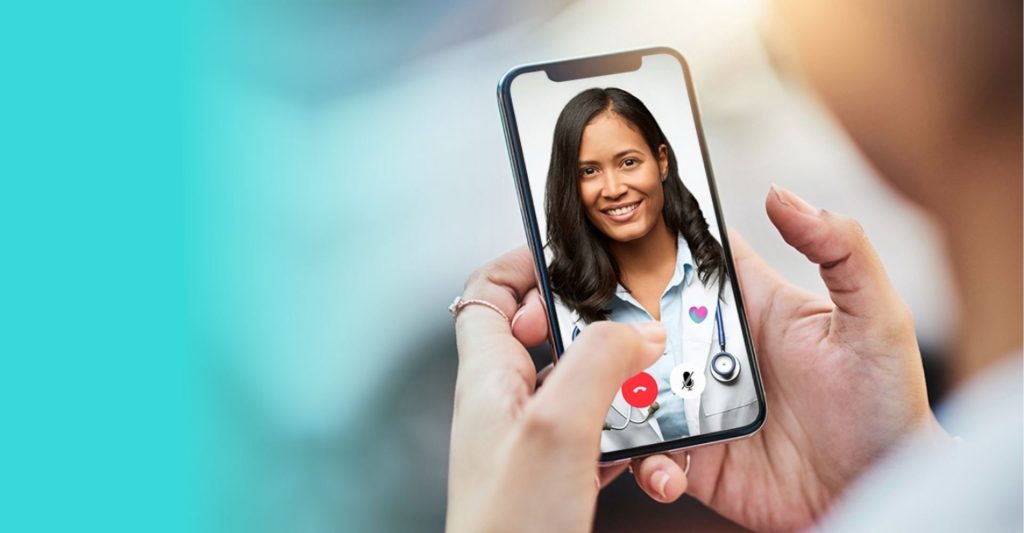
We knew from research that trust, simplicity, and clarity were vital user needs. We centered those requirements while designing the UX sounds and implementation strategy.
Our goal was to create on-brand assets that can simplify user experiences by, for example, providing auditory feedback on critical user actions for greater functional clarity.
Given the nature of the services, we intuited that confirmation sounds, completion sounds, and error sounds needed to sound clear, melodious, and present to provide extra assurance.
At the same time, we needed to be empathetic and consider that users might not feel well when using the services. We intuited that relatively warm and human sounds could calm and reassure the user. Also, melodic patterns needed to be positive but at the same time relatively neutral to signal an understanding of a potentially unpleasant situation the user might be in.
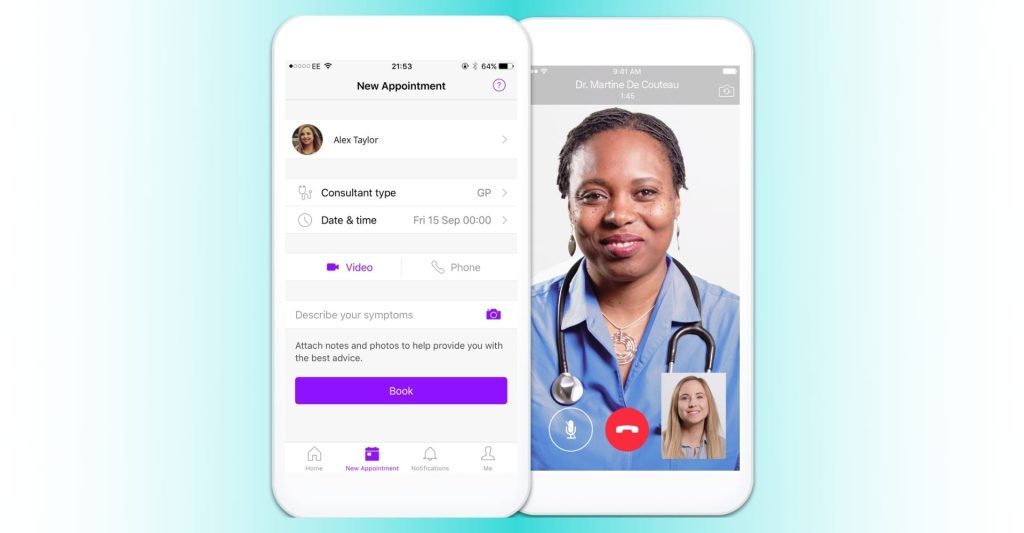
For our design approach, we didn’t just want to constrain ourselves with acoustic properties of sound. To inspire ourselves, we also wanted to fuel our creative process with a unique angle. We asked: What could differentiate the sound of Babylon Health and make it unique?
After quite some time of researching and prototyping in Ableton and Pro Tools, we were able to present a very interesting angle to the company.
The ideas were based on the story of Babylon: In the city of Babylon almost 2,500 years ago, citizens needing medical advice gathered in the town square to share thoughts on treatments for common illnesses.
It was a democratic system, and the Babylonians enjoyed the longest life expectancy in the ancient world. It’s from the health-conscious ancestors that Babylon takes inspiration for its 21st-century services.

We wanted to take inspiration from the ancient city of Babylon and its culture as well. So we started looking into the influence of music and sound.
Early signals of what we learned were very promising: The team loved the idea of taking inspiration from the ancient city of Babylon to create on-brand assets and define Babylon Health’s unique sonic DNA.
In our research and exploration stage, we read fascinating stories and learned amazing things about the Babylon culture and the influence of sound and music. One of the main things that stood out to us was the fact that sung and chanted poetry played an important role for the Babylonians.
It was used to help calm down people and ease pain and frustration by ‘’distracting’’ them with vocal expressions. Nowadays known as lullabies.
We learned that deeply etched into a small clay tablet, which fits neatly into the palm of a hand, are the words of one of the earliest lullabies on record, dating from around 2,000BC.
The writing is in cuneiform script – one of the first forms of writing – and would have been carefully shaped by a Babylonian scribe, with a stylus made of reed. It was also remarkable to learn that while the music is very soothing and calming, the words in chanted poetry or lullabies can often have dark meanings.
Furthermore, we discovered that lullabies are still proven to be effective when it comes to healing. They can reduce pain, stress, and frustration. On top of that, lullabies open the door to the musical culture in which each is born. This laid the foundation for Babylon Health’s unique sonic identity.

We took a closer look at the literature, and we carefully listened and acoustically analyzed relevant work. We studied the musical ingredients that evoke specific emotions and define lullabies in general.
We combined our findings with our learnings about ancient Babylonian musical culture. We learned about instruments of ancient Mesopotamia, such as harps, lyres, lutes, and reed pipes, and we converted it all into a modern unique sound identity to make users feel comfortable and positive at ease.
Our results perfectly aligned with our goals to design “human” sounds to signal trust and reassure the user. Especially plucked string instruments seemed to work well.
Plucked string instruments are a subcategory of string instruments that are played by plucking the strings. Plucking is a way of pulling and releasing the string in such a way as to give it an impulse that causes the string to vibrate. It gave us the presence and brightness we needed in the timbre for clarity.
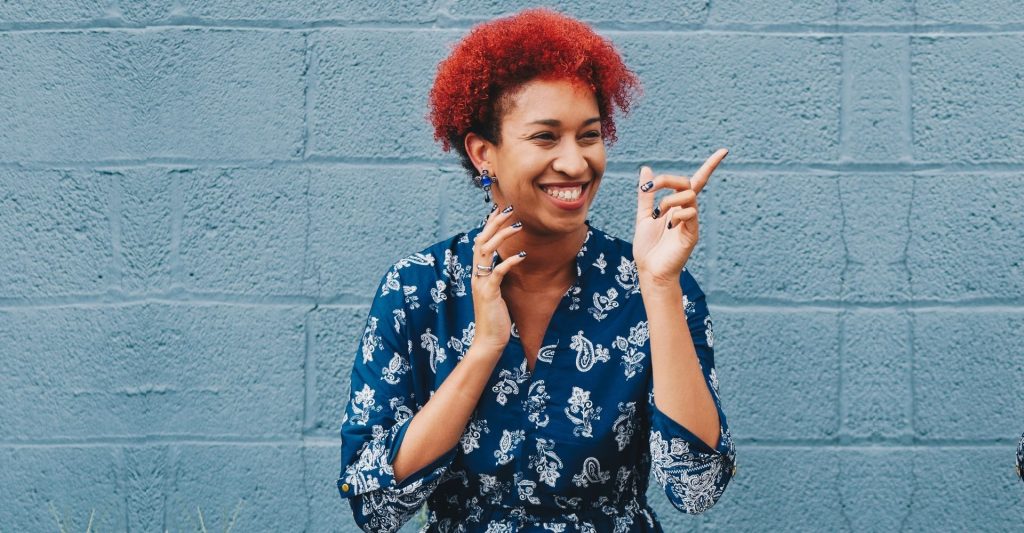
Our musical analysis of lullabies and chanted poetry helped discover relevant connections that evoke specific emotions and define lullabies in general. We converted recognizable patterns into principles based on which we wrote audio brand guidelines. One simple but very powerful principle was the use of repetitive and simple melodies ending at the root note. a so-called circular structure building familiarity. The slow tempo allows the main melody to be lengthened, helping you to calm down.
The use of a swinging feel also proved to be a very important ingredient. This is achieved with a 3/4 or 6/8 time signature. This is the most soothing rhythm mimicking the movement a baby experiences in the womb as a mother moves.

We set to work with this design foundation. We developed and tested several sounds with users in the right context of the services. Based on the user feedback, we remixed and optimized our work and devised an implementation strategy.
In terms of sound quality, the main thing that we changed was the amount of presence in the sounds. We softened the harshness of the lyre and added more “body” to the timbre using short reverbs.
We also ended up making the sounds a little more warm and modern while still respecting the musical cultures of the health-conscious ancestors.
We encreased the influence of idiophone instruments that consist of one or more elements made of material that is naturally rich and round in sound. Idiophones produce sound through their own vibration. We experimented using steelpans, marimbas, hangs, xylofoons, gamalans, etc.
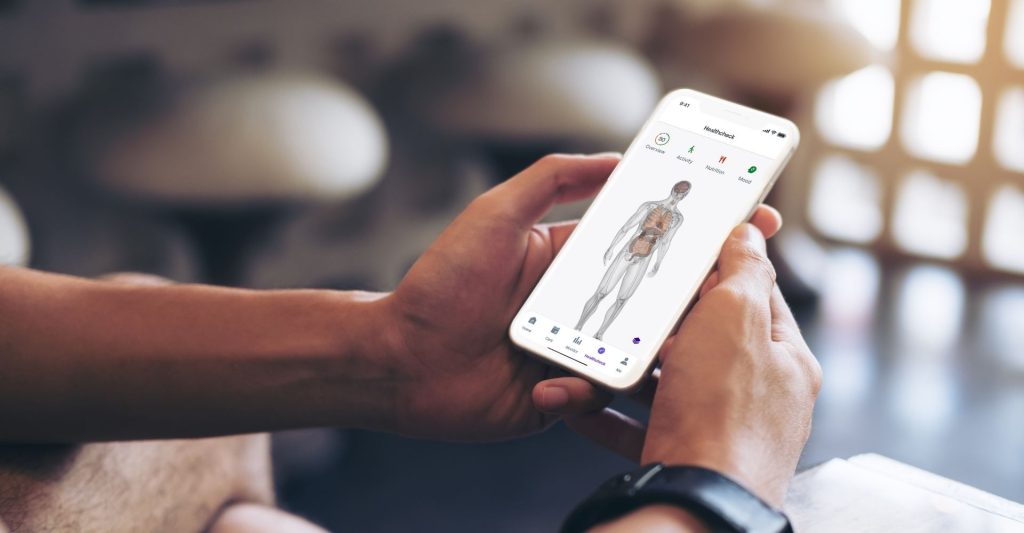
During this project, we mainly worked in London. But Babylon Health is a multi-billion dollar company operating worldwide. Therefore we needed to consider and test for a lot of different usage scenarios.
One thing that stood out was that Babylon is integrated into Rwanda’s National Health Insurance Scheme and is the largest digital health provider in the country. In Rwanda, people mostly use a flip phone for Babylon services. We also needed to test this to ensure that the assets and sound strategy were effective.
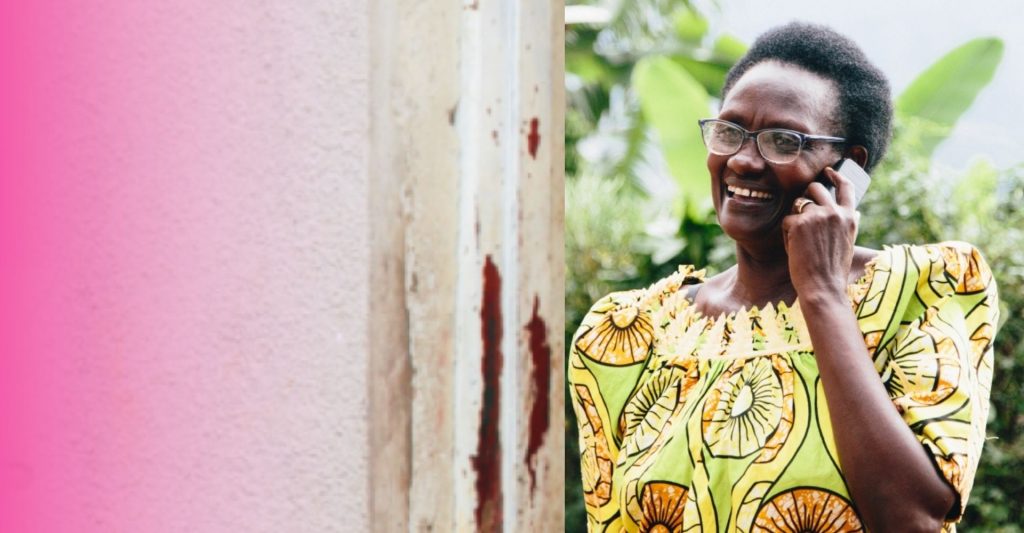
We ended up using online tools designed to ensure that the right people could access and use the right files easily. Results were successfully presented in London.

